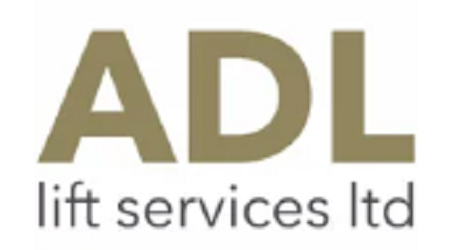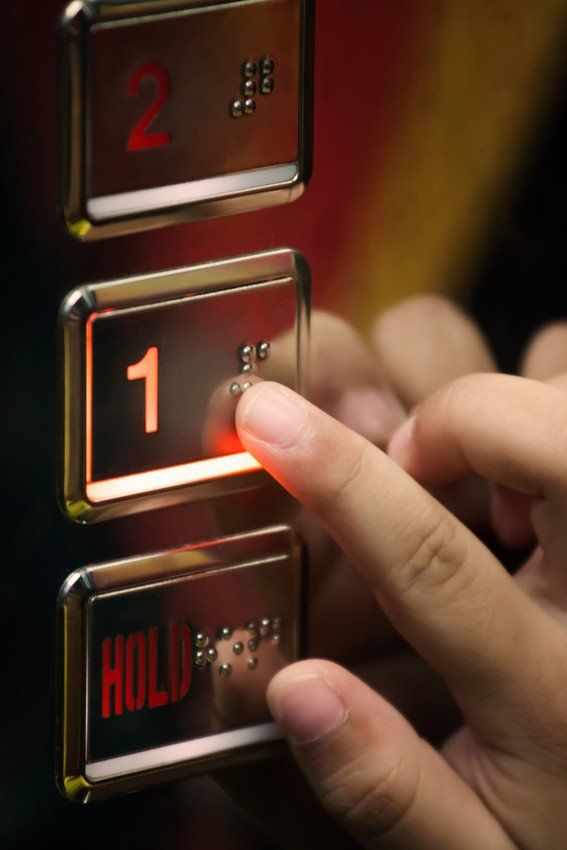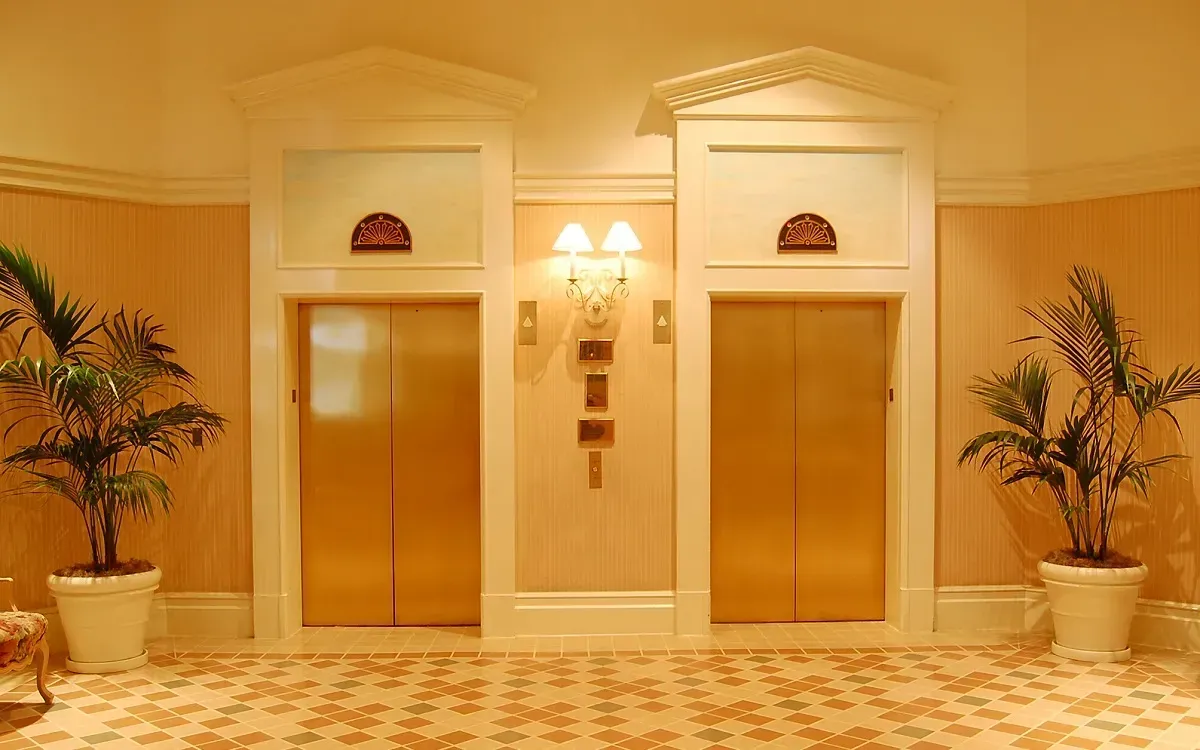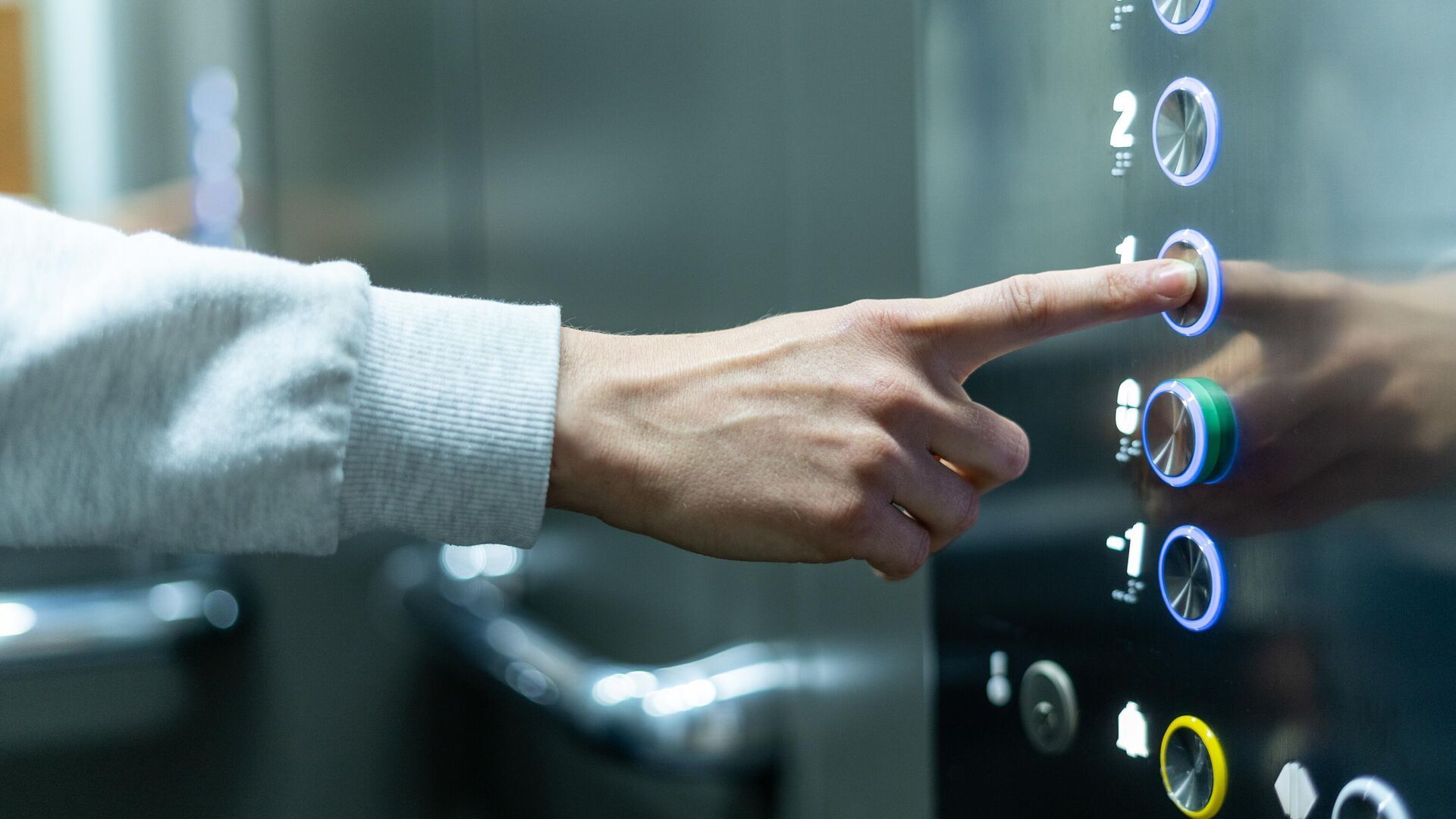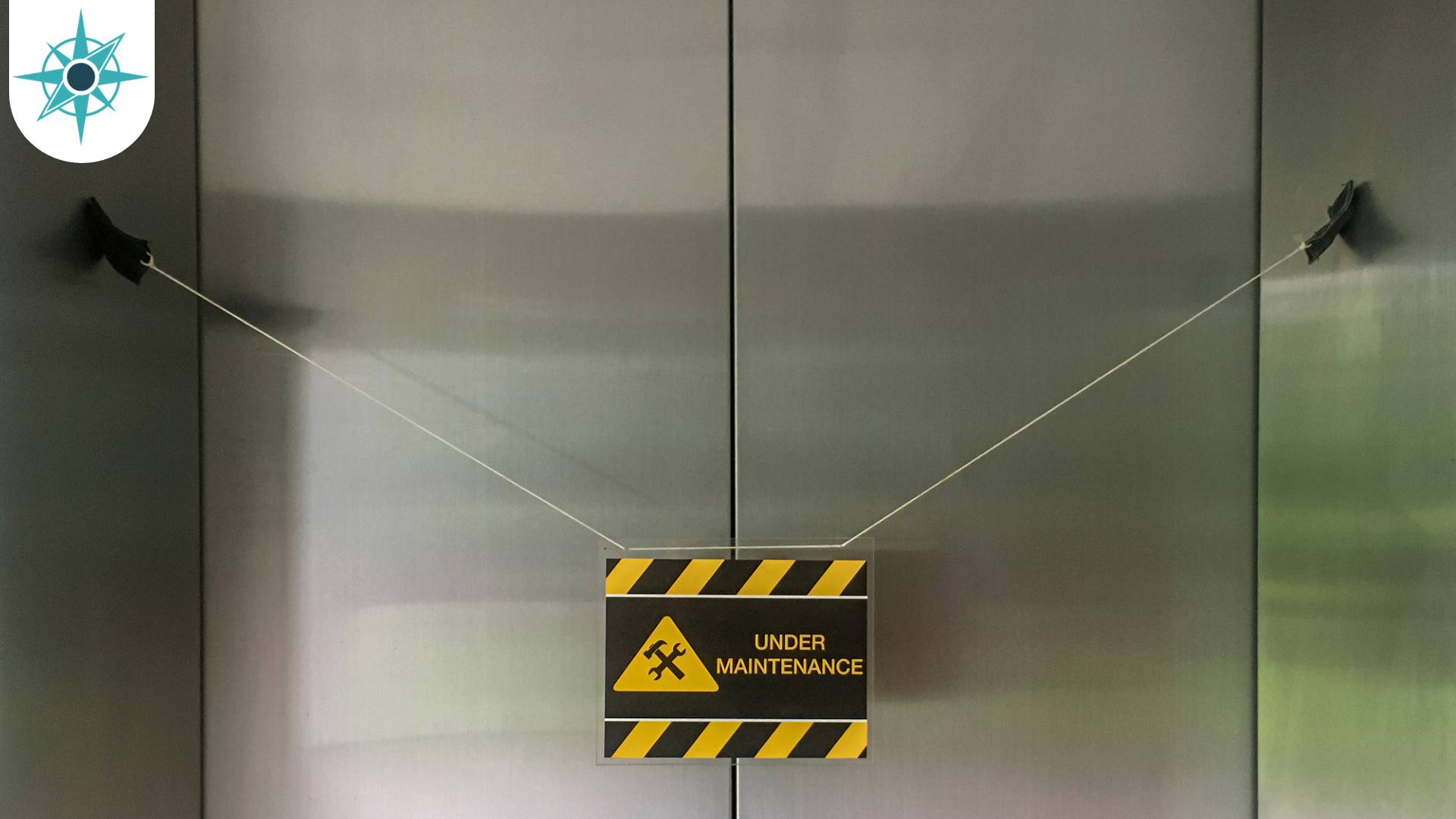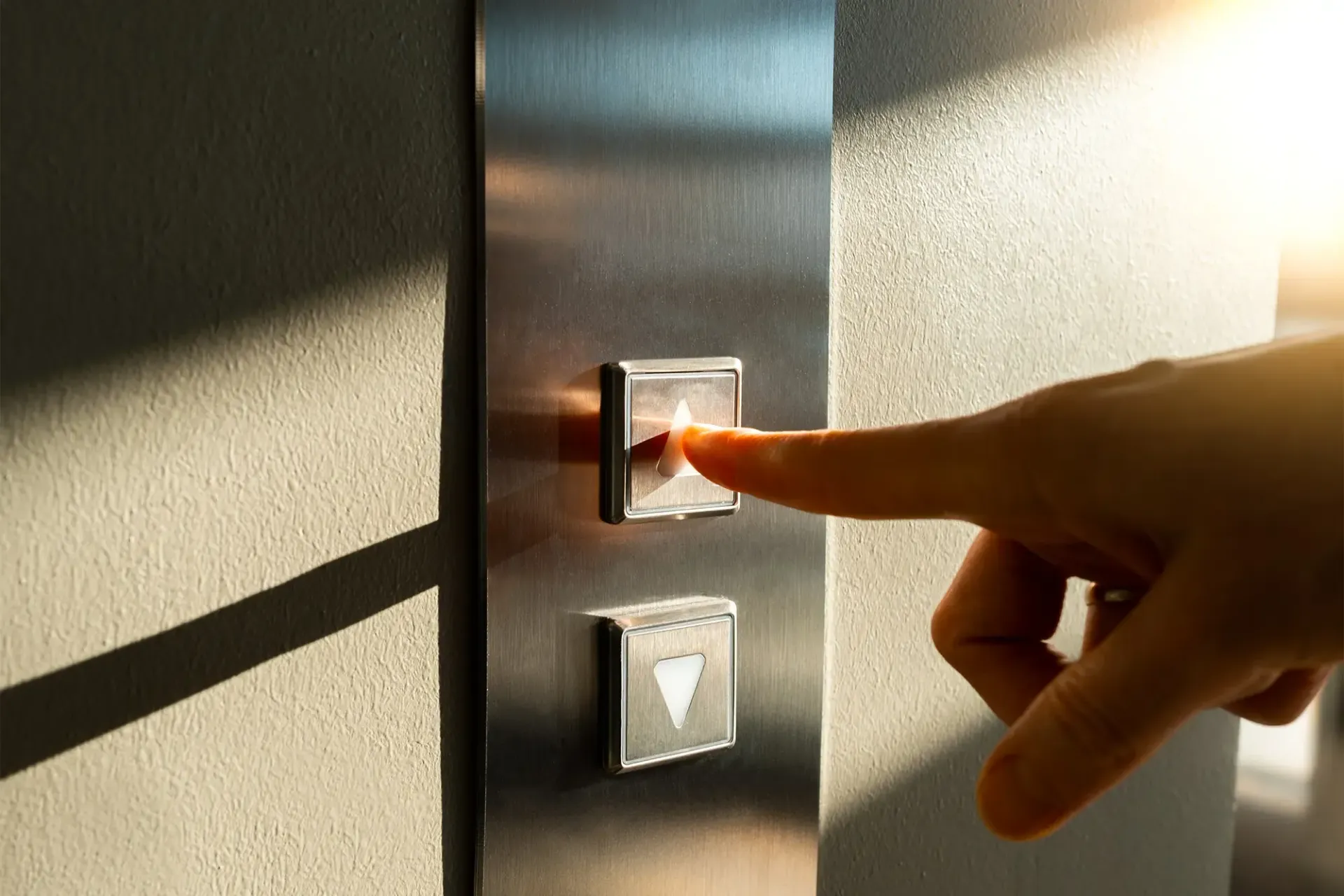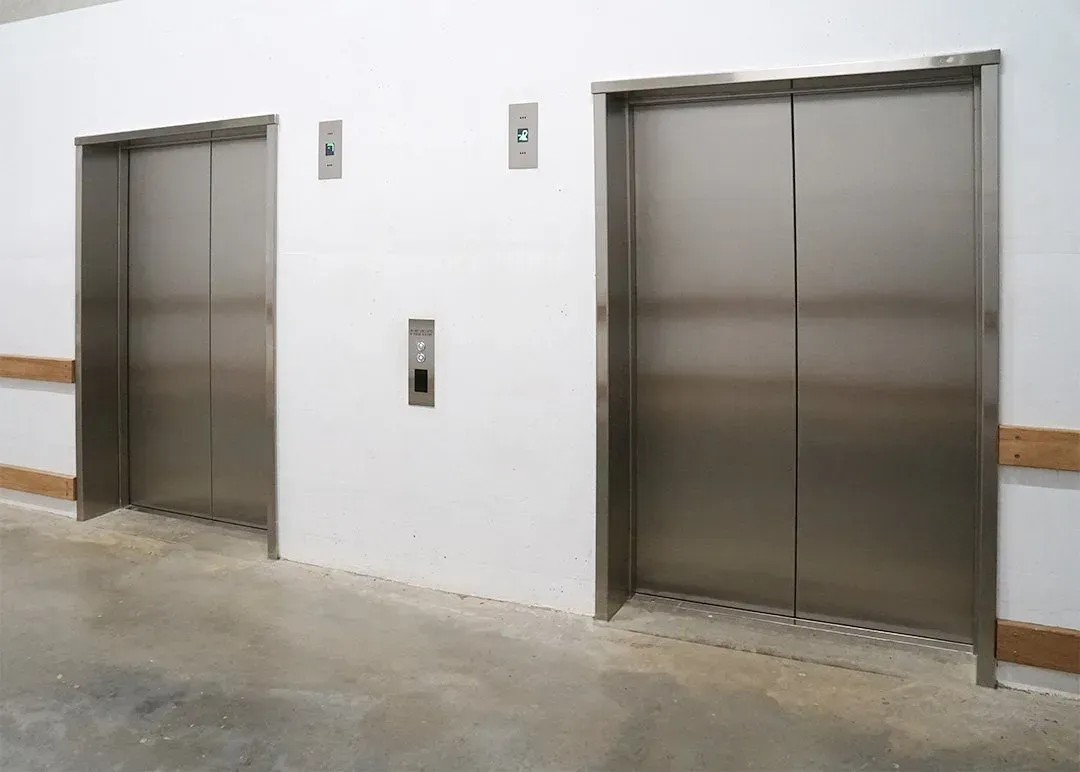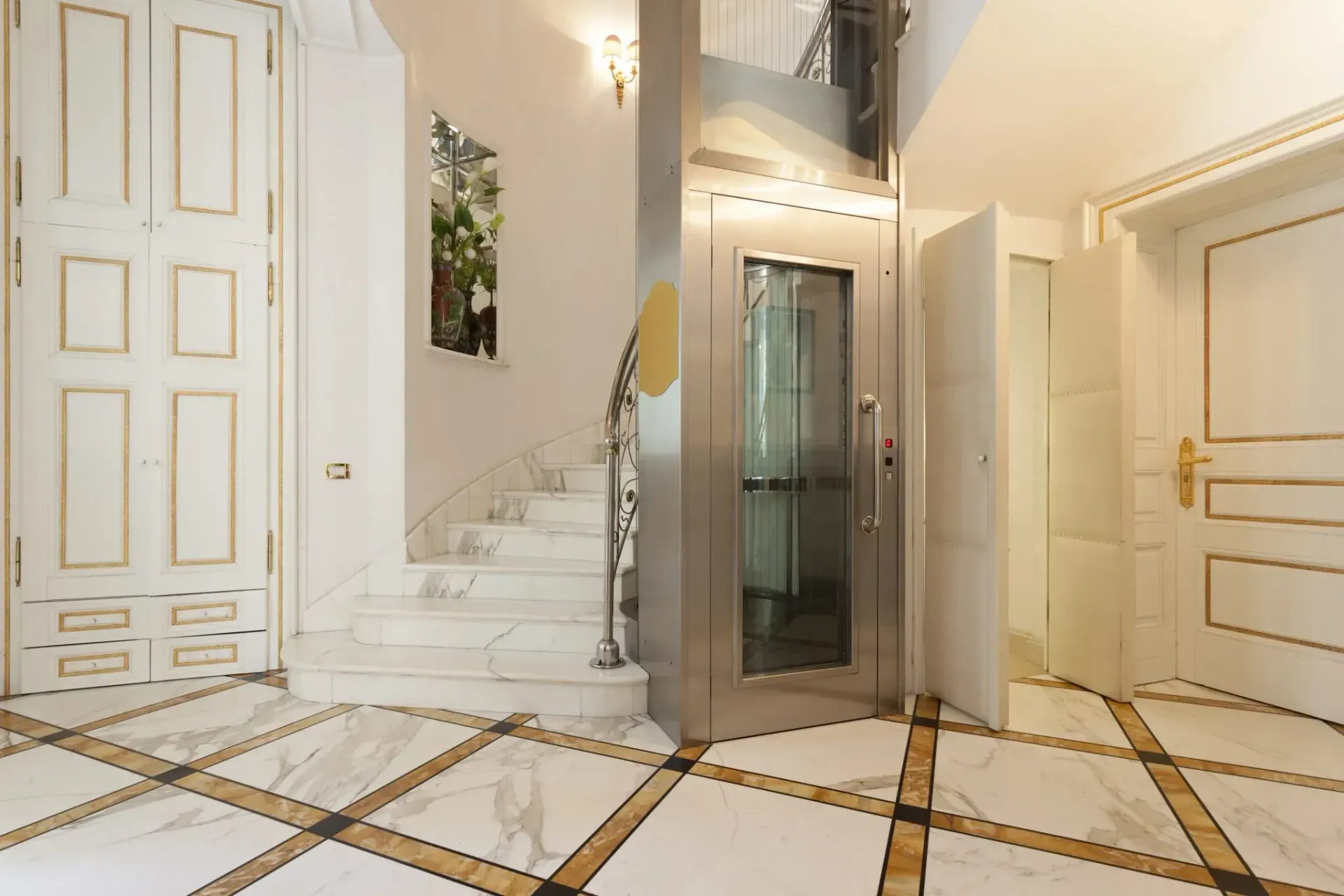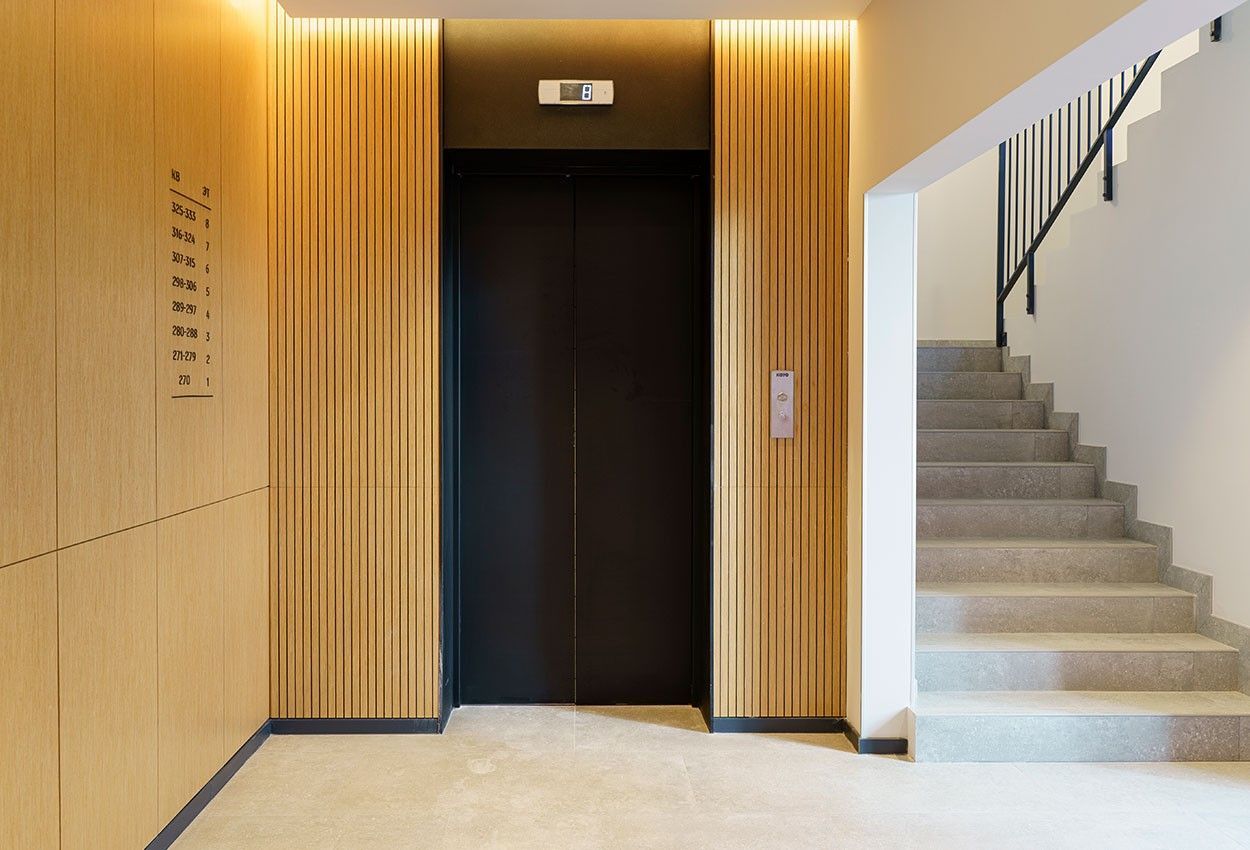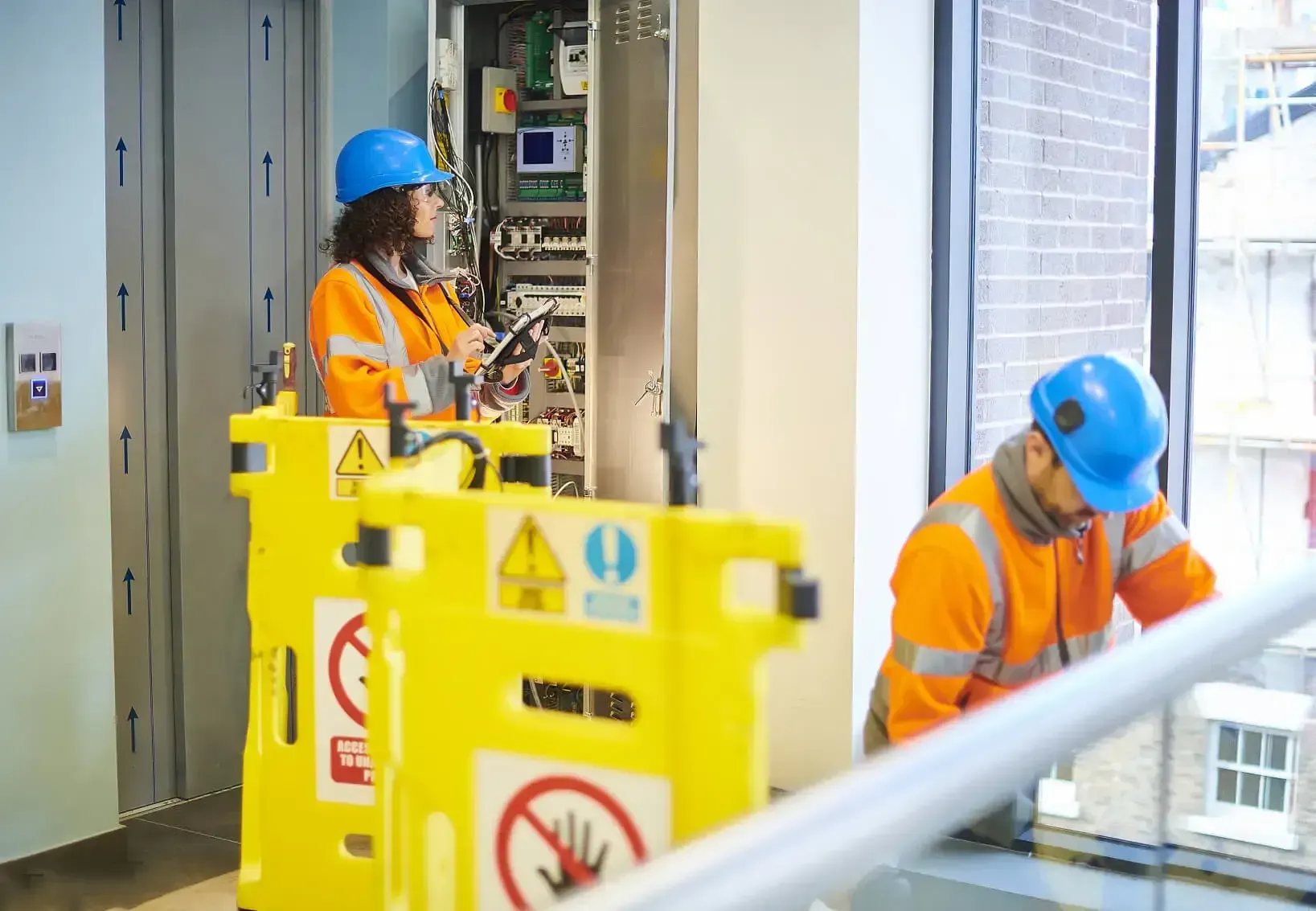Why Lifts Are Actually Much Safer Than You May Think
It’s natural for people to hold concerns about their safety when travelling in lifts. After all, you’ve probably watched at least one graphic scene featuring an elevator in a disaster film - not to mention it’s human nature to feel anxious and claustrophobic in confined spaces. However, lifts are nothing to be afraid of - read on to discover why travelling in a lift is actually a lot safer than you may think.
Safety brakes
Lifts are equipped with safety brakes that are triggered into action if the lift’s speed exceeds its intended limitations. These brakes ensure the elevator will stay in its current position during unexpected freefall, which will prevent it from going down. Luckily, these brakes will operate automatically if there is an issue with the elevator’s speed or a catastrophic failure occurs.
Overload protection
When a lift is overloaded, it risks malfunctioning. This has the potential to cause accidents. Fortunately, protection against overloading is another kind of safety feature that is included in the design and manufacturing of lifts. Lifts are equipped with sensors that will detect when they are carrying more weight than they were built for. These sensors will stop the lift from moving until the extra weight is removed.
Emergency stop button
You’ll always find an emergency stop button as an essential feature of a lift you are travelling in. When this button is pressed, the lift operation will instantly stop. This means that all passengers will be able to get out of the lift quickly without incident. Emergency stop buttons are typically easy to operate and transparent in labelling, making them easy to identify and use.
Safety sensors
Safety sensors are designed to identify obstructions to the safe operation of the lift, whether it’s a person, animal or item that may prevent the lift door from shutting correctly. If these sensors detect an obstruction, the lift door will not be able to lock and an alert will sound to let passengers know there is a problem.
Strong doors
Lift doors are designed to be as strong and durable as possible to prevent them from opening while the lift is in motion. Elevators are additionally equipped with door interlocks to stop the cabin from moving if the doors are not fully closed.
Fully enclosed cabin
Lifts require a fully enclosed cabin to make sure passengers are as safe as possible. This provides a barrier between the passengers and the lift’s moving parts, such as pulleys and cables - therefore, the risk of accidents and injuries is considerably reduced.
If you’re seeking elevator installation or lift maintenance services,
get in touch with ADL Lift Services. From lift repair to lift replacement, we’ve got you covered.
